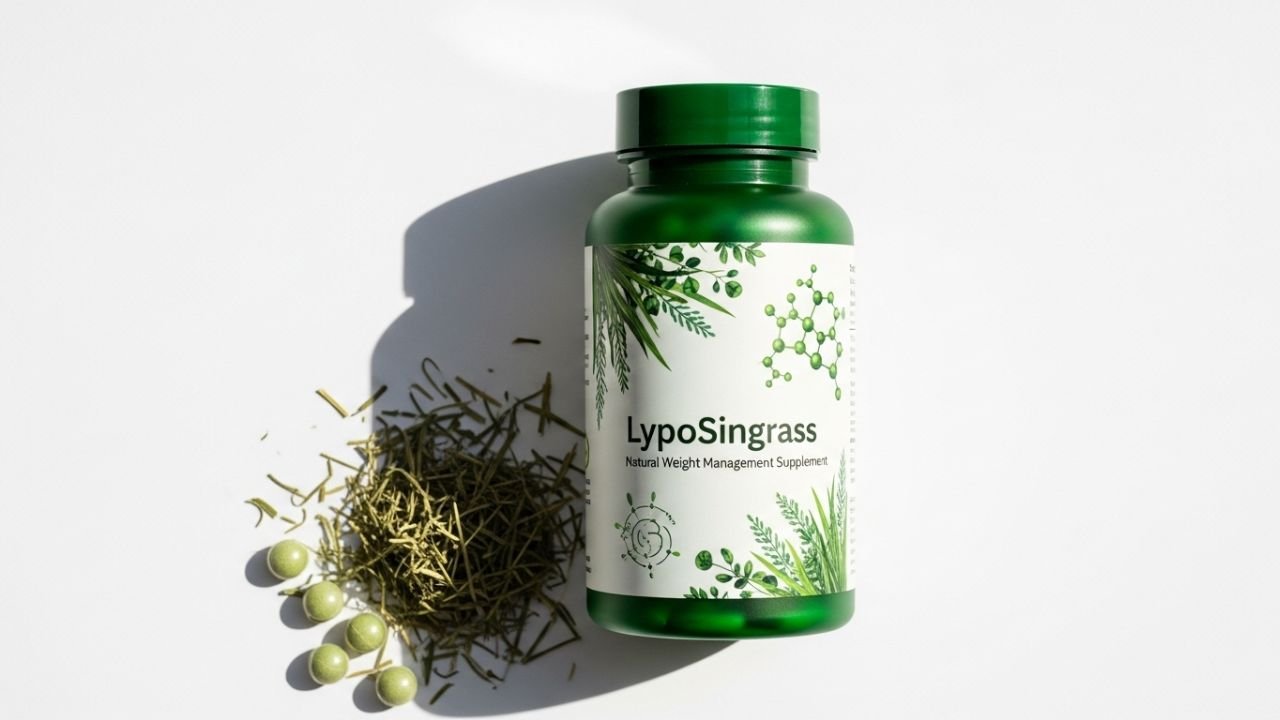What Is Lyposingrass, Anyway?
You’ve probably seen the word floating around. Lyposingrass. Sounds made up, right? But it keeps popping up in every sustainability corner online. Some folks swear it’s a real plant, others say it’s a concept — a kind of symbol for this new “eco-conscious but not boring” lifestyle. Either way, it’s catching on. It’s green, it’s efficient, and it fits the vibe of 2025. No big promises. Just quiet, capable growth that doesn’t wreck the planet in the process.
Where the Whole Thing Started
Nobody’s got the full story. Maybe it came from a botched research term, maybe from some eco-designer’s notebook. The word itself? “Lypo” — break down, renew. “Grass” — simple, natural, grounded. Feels like a mashup of biology and branding. But that’s the point: renewal, rebirth, nature’s way of cleaning up after us. You can trace it back to the early sustainability crowd — the ones obsessed with regenerative systems before it was cool. Lyposingrass just gave the idea a name that sticks in your head.
The Science — If There Is One
Some say it’s an experimental plant species designed to suck carbon out of the air and rebuild tired soil. Others think it’s just a metaphor — a way of talking about systems that work with nature instead of against it. Either way, it fits the dream: grass that doesn’t need much water, soil that stays alive, ecosystems that fix themselves. That’s the kind of “green tech” people actually want — low drama, high payoff. Something that just works quietly in the background.
Why It’s Suddenly Everywhere
Sustainability used to sound like homework. Charts, stats, guilt. People are over it. They want something easy to understand, something that feels natural. Enter Lyposingrass. It’s a stand-in for that whole shift — subtle, self-sustaining, slightly mysterious. Not a brand. More like a mindset. And honestly, it’s refreshing. We’ve been drowning in “green solutions” that require a PhD to understand. This one? You just get it. It grows, it lasts, it matters.
The Environmental Angle
Let’s talk dirt. Literally. If Lyposingrass is real, it’s the kind of thing that would fix broken soil. Strong roots, high water retention, minimal runoff. Farmers dream about that stuff. Landscapers, too. It’d cut maintenance costs, save water, and still look alive in the middle of August. That’s the visual people crave — something lush that doesn’t need constant babysitting. Real sustainability looks like that. Not loud, not glossy. Just alive.
Agriculture’s Quiet Revolution
Farmers are tired of chemicals and complicated systems. They want crops that know how to survive without constant help. Lyposingrass (or the principle behind it) fits right in. Regenerative farming, closed loops, less waste. Compost over chemicals. Healthier soil equals healthier crops — the math isn’t hard. This is what modern agriculture’s starting to look like. Less “bigger, faster, more,” and more “steady, smart, self-healing.”
Wellness Meets Green Living
Here’s where it gets weird — Lyposingrass is also showing up in wellness circles. Supplements, teas, even skincare. Half of it’s probably marketing fluff, sure. But it taps into the same thing: a craving for natural calm. A return to things that feel grounded. Whether it’s literal grass or just an idea, people are chasing the same goal — feeling a little more connected to something real. And who can blame them?
Design and Architecture — The Overlooked Side
Now here’s something your average sustainability blog never touches: design. Lyposingrass has crept into that world too. Architects love it — not the plant, the vibe. Think calm greens, matte textures, unfinished wood, rooms that breathe. Biophilic design, but with a soul. It’s nature’s rhythm turned into architecture. You walk into a “Lyposingrass space” and it doesn’t scream “eco.” It just feels… right. Comfortable. Grounded. Like you could actually live there instead of just admiring it.
Global Reach — One Idea, Many Climates
The best part? Lyposingrass doesn’t care about borders. It fits everywhere. Europe’s using it as shorthand for minimalism. Asia’s tying it to regeneration and community farming. The Middle East sees it as part of water-smart landscaping. Everyone’s interpreting it differently, which is kind of the beauty of it. No rules. Just an adaptable idea built around balance and survival. It’s global without being corporate. That’s rare.
How to Live the Lyposingrass Way
No need to buy anything. Start small. Pick local produce. Reuse stuff instead of replacing it. Grow a few plants that can handle your climate without constant watering. That’s the “Lyposingrass mindset” — simple, honest choices. Not perfect, just better. Sustainability doesn’t have to be shiny. Sometimes it’s just choosing not to make things worse.
The Myths and the Hype
Yeah, the internet’s confused. Some swear Lyposingrass is a real plant, others treat it like a philosophy. The truth? Doesn’t matter. What matters is what it represents. Renewal. Adaptability. Living in sync with the systems that keep us alive. It’s both real and not real, and that’s fine. Not everything worth believing in has to grow roots.
What Comes Next
The future’s going to need ideas like this — flexible, simple, adaptable. Whether Lyposingrass becomes a real species or stays a concept, it’s already doing its job: getting people to think about growth differently. Less control, more cooperation. It’s a quiet rebellion against overdesign and overconsumption. And honestly, it feels about time.
Final Take
Lyposingrass started as a whisper. Now it’s a small roar. Maybe it’s just a name. Maybe it’s the start of something bigger. Either way, it’s got people thinking, which is rare these days. Green used to mean trend. Now it means survival. Lyposingrass nails that truth — growth that feels human again.
